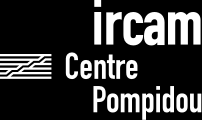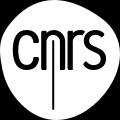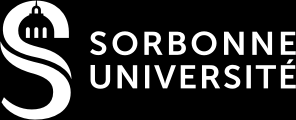What is the SpeaK project?
A collaborative platform for presenting and sharing sound lexicons
Introduction

Speaking about the characteristics of a sound is not an easy task, mainly because we focus on other aspects associated with the sound rather than the sound itself. We usually focus on the identification of the source or the action that produced the sound; we would rather say "I hear someone striking wood" than "I hear a close, dry and dull sound with a fast attack" to describe the same sound event. Gaver (1993) opposed two listening strategies : everyday listening vs musical listening. In a specific context, we are rather interested in the meaning associated with a sound: "I hear someone striking wood", but in fact I understand that "someone is knocking on the door to see if she/he can enter".
Different modes of listening coexist. This distinction was highlighted by Pierre Schaeffer (1966), and later by Michel Chion (1983), who introduced three main modes of listening. One mode is associated with the characteristics of the sound (reduce listening), a second one is associated with the cause of the sound (causal listening), and a third one is associated with the meaning of the sound (semantic listening).
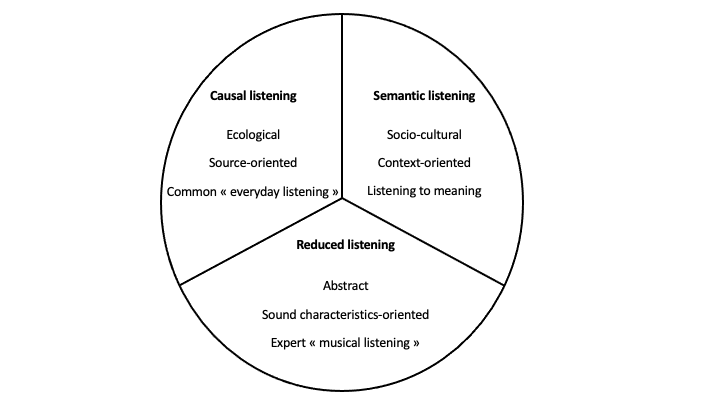
Although daily life listening is usually focused on sound as a reference to a source or a meaning, it happens that one is led to describe the characteristics of a sound, and there again, one will find biases to give its opinion in term of a general judgment "It is an annoying sound", or still by imitating the sound characteristics with voice. For example, we produce the sound "Pam! Pam!" for describing an impact on wood, and "Tinnng! Tinnng!" for an impact on glass or metal. We can have also recourse to onomatopoeias: "Toc! Toc!" in French or "Knock! Knock!" in English to describe a sound made by someone knocking on a door.
Thus speaking about the characteristics of a sound is difficult because there is a lack of words to promote communication on sounds, or to express the sensory experience with sounds. Using a sound lexicon is a first step to overcome this lack. Since the work by Pierre Schaeffer and Michel Chion, several authors have proposed different extend taxonomies tacking into account emotional dimensions (Huron, 2002) or kinaesthetic aspects of sounds (Tuuri and Eerola, 2012). In the last 20 years, several studies have investigated the use of verbal descriptions or semantic correlates of timbre for different musical instruments such as the organ (Rioux & Västfjäll, 2001), the guitar (Traube, 2004), the piano (Bellemare & Traube, 2005; Cheminée, 2006), or the violon (Saitis et al., 2017), among others. More recently, vocabulary employed by sound professionals was explored (Porcello, 2004; Carron et al., 2017; Wallmark, 2019b).
However, the meaning of words used to describe sounds can vary from person to person, even for sound professionals ranging from sound engineers to musicians (Rosi et al, 2020), revealing a lack of consensual definitions for the words relevant to describe sounds.
In addition, words, and their definitions, are sometimes not sufficient to describe a hearing experience associated with a sound characteristic. Sound examples are a good way to understand the relationship between words and sounds, and to experience this relationship.
The SpeaK project
The SpeaK project is a collaborative platform for organizing, presenting, and sharing sound lexicons combining words, definitions and sound examples.
The SpeaK project allows contributors to create and share lexicons related to a specific project. For example, it is an opportunity to account for the specific vocabulary shared by musicians to speak about their sound experience with their musical instrument, or for the specific vocabulary used by composers for electronic music, or by sound designers for soundscapes, etc.
The benefits of a sound lexicon:
- Improving sound perception because perceptual capacities depend on words at disposal
- Improving sound communication because sounds are sensations related to words
- Improving specific vocabulary related to different categories of sounds
With the The SpeaK project, we invite contributors, sound researchers, sound engineers, sound designers, sound collectors, ... to use this platform to create and share sound lexicons, in order to improve our knowledge on sounds, and our habits to talk about sounds, and then to foster our hearing ability.
Lexicons
In the SpeaK project, a lexicon is defined by:
- a list of words used to describe sound characteristics
- a definition to explain the meaning of each word of the list
- a corpus of sound examples to foster the perception of the characteristics
Words can be classified in different typologies; for example, to differentiate temporal and spectral characteristics.
Sound examples can be organized in different categories; for example, to compare artificial and natural sounds.
A lexicon is named with the .speak extension.
The lexicon words4sounds.speak is the first sound lexicon available on the SpeaK platform. It was elaborated by the Sound Perception and Design group (Ircam STMS Lab) on the basis of Maxime Carron's PhD (Carron et al, 2017). It provides a list of words frequently used to describe the perceived characteristics of a sound, with a definition and sound examples for each word. The lexicon is proposed in English and French.
The SpeaK project was initially developed to propose this lexicon, and then, to offer the possibility of hosting other lexicons.
Carron, M., Rotureau, T., Dubois, F., Misdariis, N., & Susini, P. (2017). Speaking about sounds: a tool for communication on sound features. Journal of Design Research, 15(2), 85-109.
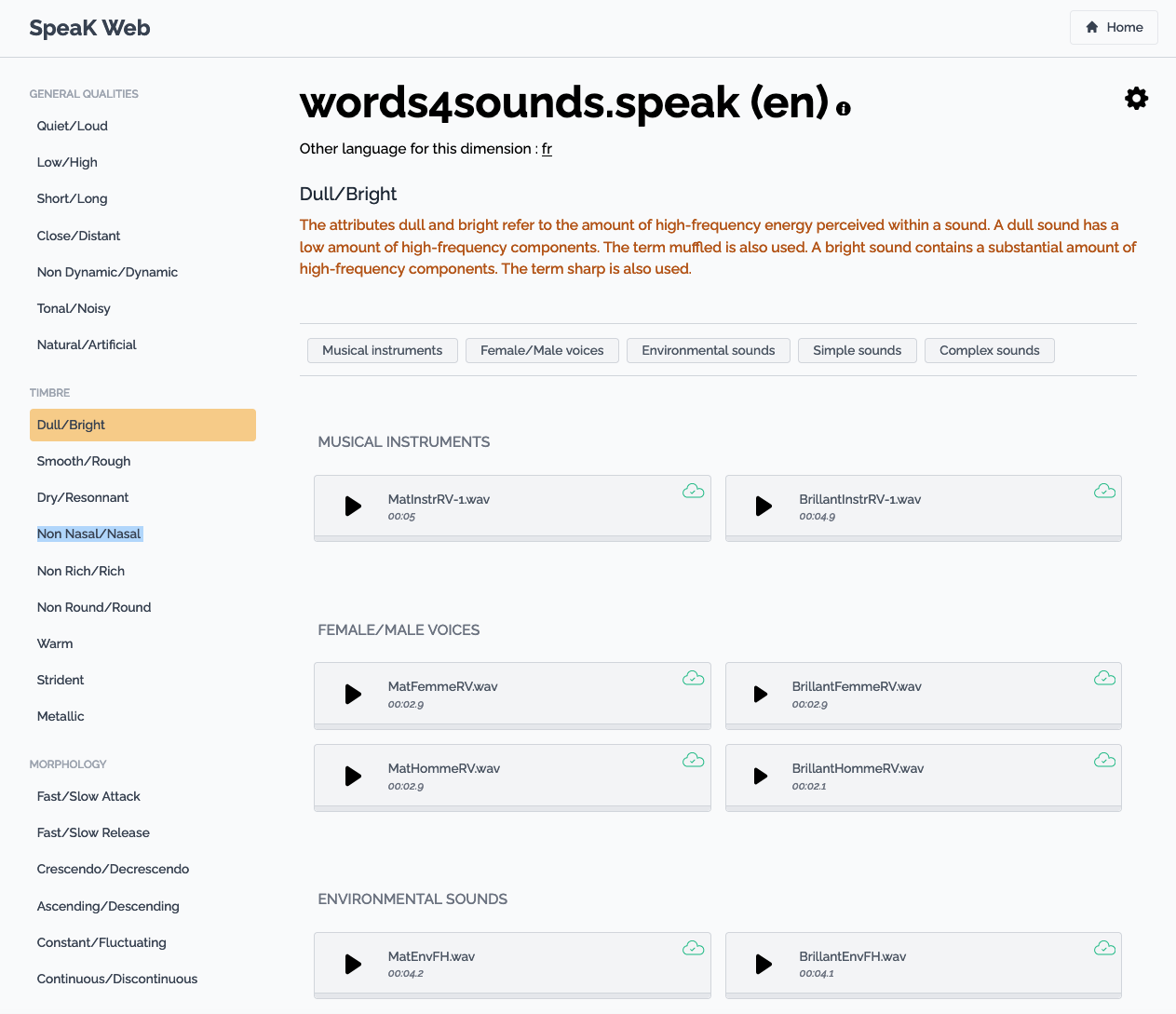 Example of the interface presenting the lexicon words4sounds.speak
Example of the interface presenting the lexicon words4sounds.speak
Deployment systems
SpeaK is available in two versions by Ircam Forum.
- SpeaK for Max - A tool for organizing and presenting sound lexicons
SpeaK for Max was the first version developed for the Speak project. This version is a downloadable Max patch which allows to create your own lexicon.
Access and documentation for SpeaK for Max >> HERE
- SpeaK for Web - A collaborative tool for sharing sound lexicons
SpeaK for Web is based on the previous version SpeaK for Max, with the great advantage of allowing to create and share sound lexicons online.
Access and documentation for SpeaK for Web >> HERE
The lexicon words4sounds.speak is available for both platforms.
Contact
To create and share a new lexion with SpeaK for Web, you will need to ask some access to the backoffice to Patrick Susini : patrick.susini at ircam.fr
©IRCAM, 2021. All Rights Reserved. 1, place Igor-Stravinsky 75004 Paris +33 1 44 78 48 43
